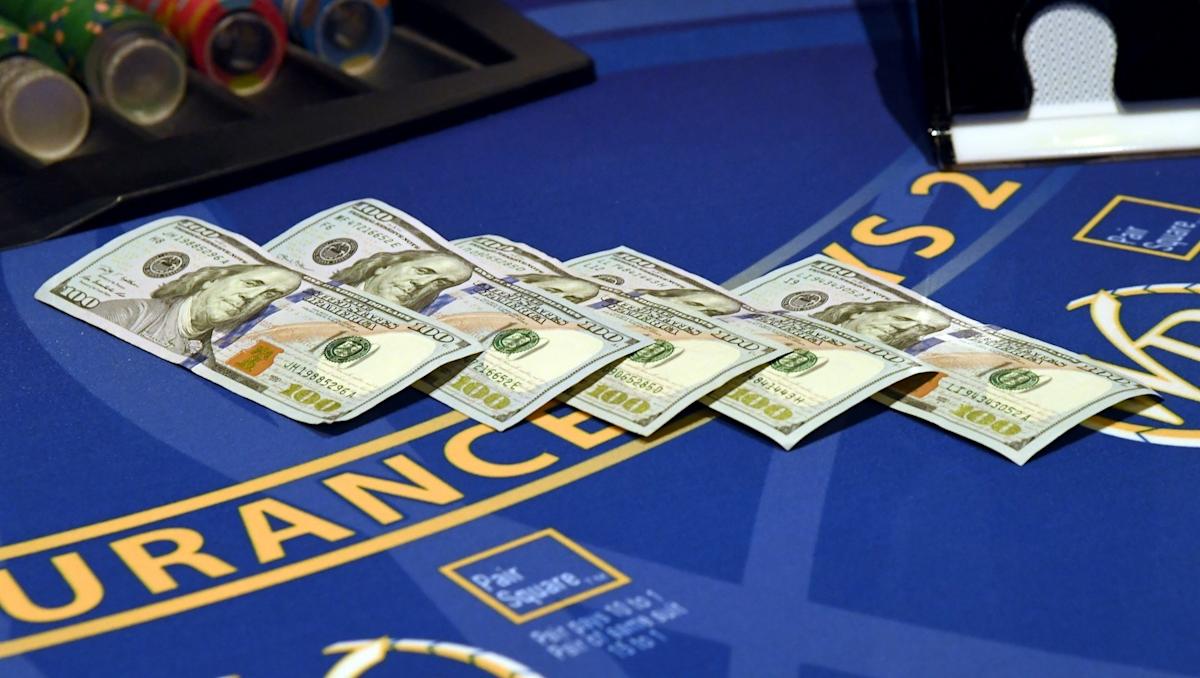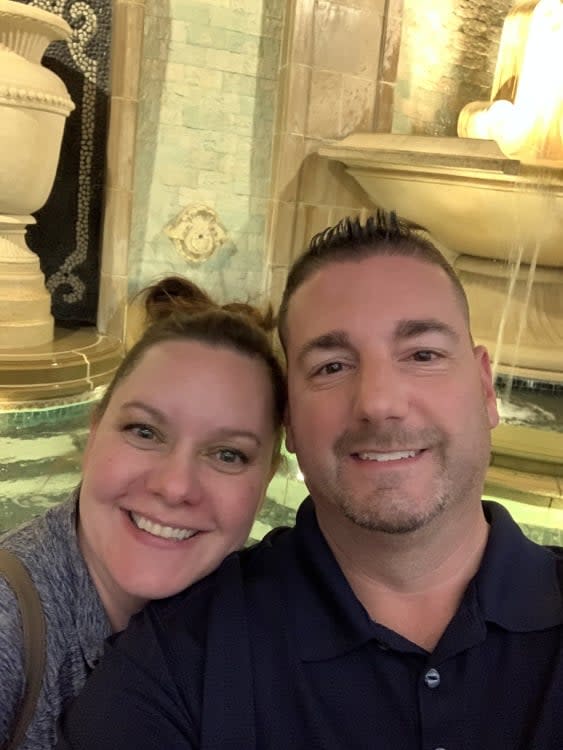The High-Stakes Misrepresentation: Uncovering the Dark Side of YouTube’s Gambling Channels
In the world of online gaming, few platforms have captured the imagination of audiences like YouTube’s gambling channels. With millions of subscribers and billions of views, these “channels” have become a staple of internet entertainment. But what happens when you take a closer look at the content behind these popular streams? Do the creators reveal the truth about their online adventures, or do they present a sanitized, high-stakes version of reality? For those who’ve ever been fascinated by the world of underground gaming, the answer might surprise you.

A Tale of Two Channels
Vegas Action’s Conservative Approach

In the burgeoning world of gambling YouTube channels, few stand out as distinctly as Vegas Action. Launched in 2020, this channel has carved a niche for itself by offering a more realistic portrayal of gambling, unlike the glitz and glamour often depicted by other channels. Steve and Danielle, the couple behind Vegas Action, have made a conscious effort to showcase the ups and downs of their gambling experiences, emphasizing the unpredictability and financial risks involved.
Steve and Danielle, who prefer to keep their last name private, travel to Las Vegas six times a year to film their gambling sessions. Their content is a mix of 3 Card poker and Texas Hold ‘Em, interspersed with amusing banter, random film clips, and personal anecdotes. This approach has earned them over 30,000 subscribers, a respectable number but significantly lower than their flashier counterparts like Bluff and Mr. Hand Pay, which often feature bets in the hundreds and numerous winning sessions.
Unlike these glossier channels, Vegas Action maintains a more conservative betting strategy, typically wagering between $25 and $50 per session. “We’re more conservative type gamblers, and they’re ‘risk at all, we’re all in’ gamblers,” Steve explains. This approach, while it might not appeal to the YouTube crowd craving high-stakes thrills, has cultivated a loyal following who appreciate the authenticity and transparency of the content.
Steve and Danielle are vocal about the potential dangers of misrepresentation in gambling content. They believe that other channels, which often highlight astounding wins and overlook significant losses, can be dangerously enticing, especially to young viewers. “We wanted to be real and honest with people,” Danielle asserts. “You can’t show all the wins and gloss over the losses. It’s reality.” This honesty is a cornerstone of their content strategy, aiming to educate viewers about the true nature of gambling rather than presenting it as a guaranteed path to wealth.

Glossier Channels with Higher Stakes
In contrast to Vegas Action’s conservative approach, channels like Bluff and Mr. Hand Pay present a much more glamorous side of gambling. These channels often feature enormous bets and a string of winning sessions, creating a fantasy that can be misleading to viewers. The content typically includes luxurious settings, expensive cars, and grandiose meals, painting a picture of constant success and opulence.
These channels often use advertisements to supplement their income, which raises concerns about the credibility and authenticity of their content. The allure of such content can be particularly dangerous for younger viewers who might be led to believe that gambling is an easy way to make money. The reality, as Steve and Danielle of Vegas Action point out, is far more complex and often less glamorous.
The Impact on Viewers and the Industry
The impact of such channels on both viewers and the gambling industry is multifaceted. For viewers, particularly younger ones, the portrayal of gambling as a straightforward path to wealth can be misleading and harmful. This skewed reality feels especially risky given the increased accessibility of online casinos and sports betting, which allow people to gamble without even leaving their homes.
For the gambling industry, the rise of these channels presents both opportunities and challenges. On one hand, they can attract new players by showcasing the excitement and potential rewards of gambling. On the other hand, the industry must grapple with the ethical implications of promoting gambling in a way that might exploit vulnerable individuals, particularly minors.
YouTube, the platform hosting these channels, has taken steps to address these concerns. The company recently banned content that depicts or promotes online gambling sites not approved by YouTube. Additionally, content featuring approved online gambling sites will now be completely age-restricted, meaning anyone under 18 or not signed in cannot view them. This move is a significant step towards protecting young viewers from potentially harmful content.
While Vegas Action occasionally features ads from YouTube-approved mobile slot games, most of their supplementary income comes from food comps or a few hundred dollars in promotional chips they receive each trip from the casinos they play in. During a typical three-day trip to Vegas, the couple tapes about 40 gambling sessions, risking — and often losing — thousands of dollars of their own money. Adding in the flights and ancillary expenses involved in running a YouTube channel, it’s unsurprising that Vegas Action operates at a loss.
Steve and Danielle often remind their audience that they both hold down jobs back in Michigan that have nothing to do with gaming. “We’d like to eventually make this our job,” says Danielle, who hopes she and Steve can move to Vegas someday. But currently, “we can’t survive on channel money.” The couple says that some other channels covertly gamble “from their basement or deal to each other or do it on a cruise with play money.” “Doing a gambling channel on YouTube is extremely difficult because of the losing,” Steve says.
A Growing Concern
The Dangers of Misleading Content
The glamorized portrayal of gambling on YouTube channels raises serious concerns about the potential for misinformation and exploitation. Channels that highlight only the wins and downplay the losses create a false narrative that can be particularly dangerous for young viewers. These viewers, often impressionable and lacking the experience to understand the risks involved, may be lured into gambling with unrealistic expectations.
The responsibility lies not only with the content creators but also with the platforms that host these channels. YouTube’s recent ban on certain types of gambling content and age restrictions on approved gambling sites are steps in the right direction. However, more needs to be done to ensure that the content is both accurate and responsible. Educational initiatives and stricter regulations could help mitigate the risks associated with misleading content.
YouTube’s Banned Content and Age Restrictions
YouTube’s decision to ban content that depicts or promotes online gambling sites not approved by the platform is a significant move towards protecting viewers. This policy ensures that only vetted and regulated gambling sites are promoted, reducing the risk of viewers being exposed to unscrupulous operators. Additionally, the age restrictions on content featuring approved online gambling sites mean that younger viewers are less likely to be exposed to potentially harmful content.
These measures are part of a broader effort to create a safer online environment. However, the effectiveness of these policies will depend on their enforcement and the ongoing monitoring of content. YouTube must remain vigilant to ensure that new channels do not find loopholes to circumvent these regulations.
The Blurred Lines Between Reality and Fantasy
The blurred lines between reality and fantasy in gambling content can have serious repercussions. Channels that present gambling as a sure path to wealth and luxury can create unrealistic expectations and foster a culture of risk-taking. This is particularly concerning given the ease with which young people can access online gambling platforms.
Educating viewers about the true nature of gambling is crucial. Channels like Vegas Action, which prioritize honesty and transparency, play a vital role in this regard. By showcasing both wins and losses, these channels help viewers understand the unpredictable and often financially risky nature of gambling.
In conclusion, the rise of gambling YouTube channels presents both opportunities and challenges. While these channels can attract new players and showcase the excitement of gambling, they also carry the risk of misinformation and exploitation. Platforms like YouTube and content creators must work together to ensure that the content is responsible and accurate, protecting viewers from the potential harms of misleading information.
Conclusion
The Unfiltered Truth Behind YouTube’s Gambling Frenzy
As we conclude our exploration of the Mashable article “Shiny casinos and $10K wins: YouTube’s gambling channels don’t always depict reality,” it’s clear that the world of online gaming has become a hotbed of unrealistic expectations and sensationalized content. The article highlights the stark contrast between the polished, high-stakes wins showcased on YouTube’s gambling channels and the harsh realities of actual casino experiences. Key points include the common practice of “cherry-picking” wins, selective editing, and the exploitation of viewers’ emotions by creators. These tactics not only distort the truth but also perpetuate a culture of gambling that can be detrimental to viewers’ mental health and financial well-being.
The significance of this topic extends far beyond the realm of online entertainment. The article sheds light on the unseen consequences of the YouTube era, where creators’ success is often tied to their ability to manufacture engaging content, rather than providing accurate representations of reality. This phenomenon has far-reaching implications for the gaming industry, consumer protection, and the broader cultural landscape. As we move forward, it’s crucial to recognize the power dynamics at play and advocate for greater transparency and responsibility in online content creation.
As we navigate the ever-evolving landscape of social media and online entertainment, one thing is clear: the time for illusions is over. We must confront the harsh realities of the gaming world and hold creators accountable for the content they produce. The future of online gaming and entertainment hangs in the balance, and it’s up to us to demand a more authentic and responsible experience. The question remains: will we continue to be swayed by the glamour of online winnings, or will we seek out a more nuanced understanding of the gaming world?
